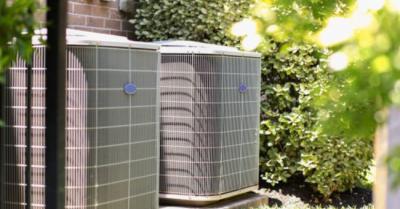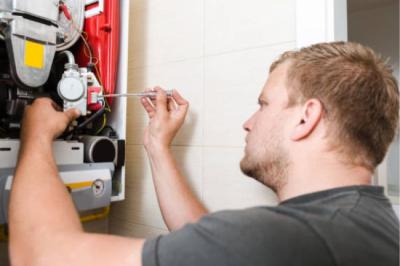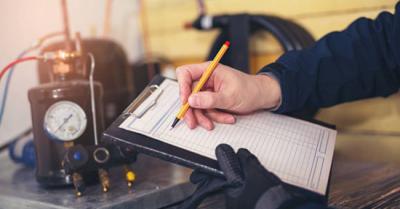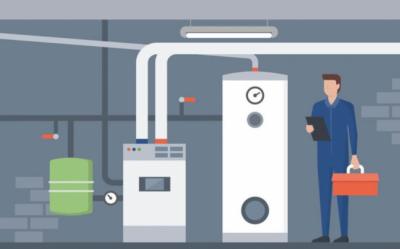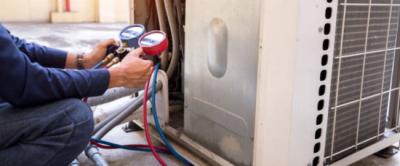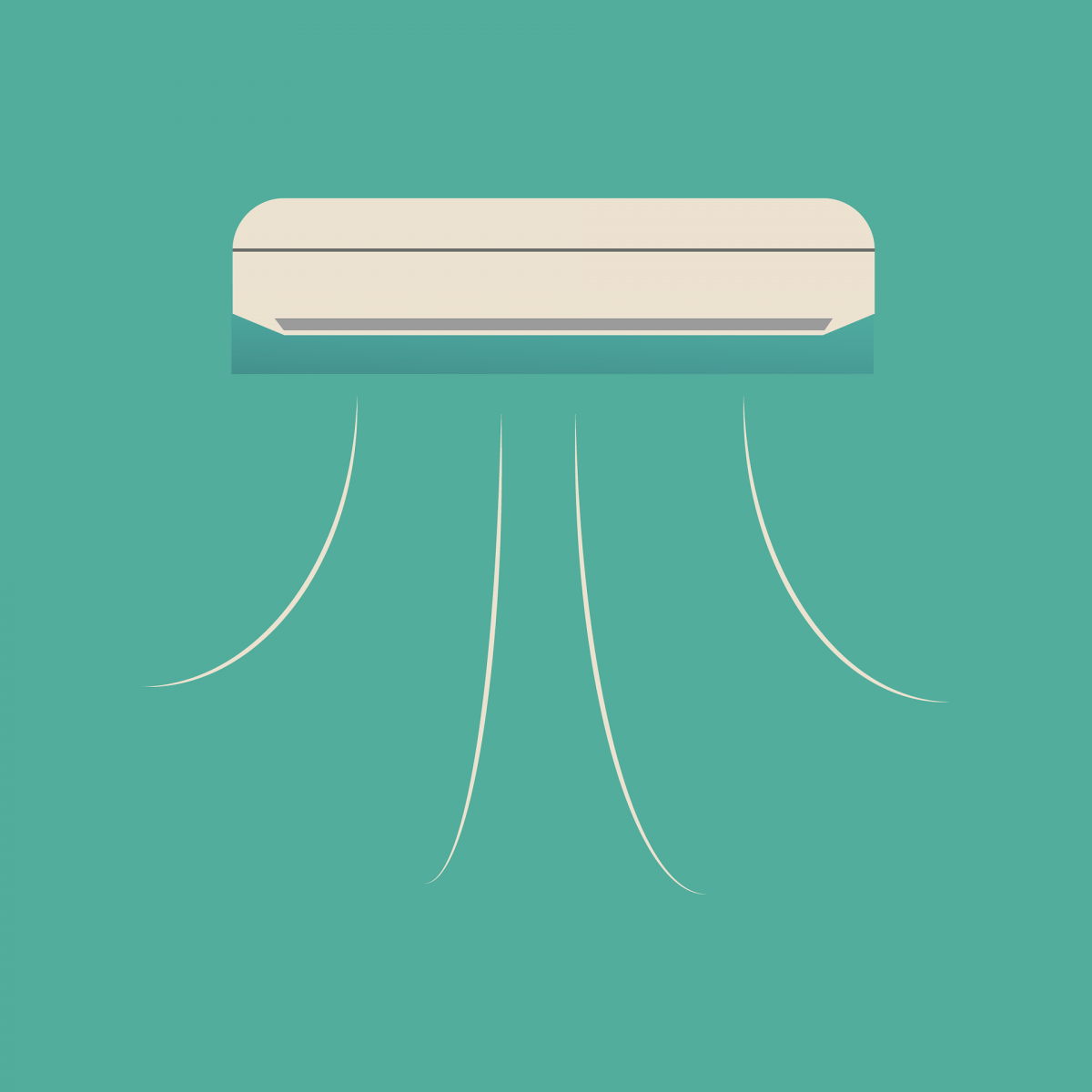
Updating Your Furnace for the Spring Months
As winter fades and spring takes over, many homeowners shift their focus from heating to cooling. However, before shutting down the furnace for the season, it is important to take steps to ensure that it remains in good condition. Spring is the perfect time to inspect, clean, and prepare the heating system for the months ahead, making sure that when it is needed again, it operates efficiently and safely.
A critical first step in preparing a furnace for spring is to thoroughly inspect the system for signs of wear and tear. Components such as burners, heat exchangers, and blower motors can accumulate dust and debris, leading to inefficiencies and potential breakdowns. A visual inspection of these parts, along with checking for any rust or corrosion, can help identify issues that should be addressed before they escalate. Any unusual noises, such as rattling or banging, could be a sign that some parts are loose or malfunctioning and require attention from an HVAC professional.
Cleaning the furnace is another essential part of spring maintenance. Over time, dust and dirt accumulate inside the system, which can restrict airflow and reduce efficiency. The blower assembly, fan blades, and heat exchanger should be cleaned to prevent buildup that could interfere with the unit’s performance. In addition, vents and registers throughout the home should be inspected and cleared of any dust or obstructions that may have accumulated over the winter.
Replacing or cleaning the air filter is a simple but crucial step in maintaining furnace efficiency. A dirty or clogged filter restricts airflow, making the system work harder and potentially leading to higher energy bills. By replacing the filter, homeowners can improve indoor air quality and ensure that their HVAC system runs smoothly. In homes with pets or residents with allergies, more frequent filter changes may be necessary to maintain optimal air circulation and cleanliness.
Testing the thermostat is another key aspect of spring maintenance. A thermostat that is not calibrated properly can cause the furnace to run inefficiently, leading to increased energy costs. Ensuring that the thermostat is functioning correctly and set at appropriate temperatures can help maintain comfort levels without unnecessary energy consumption. Homeowners using programmable thermostats should update their settings for the warmer months to avoid unnecessary heating.
Checking for any air leaks in the ductwork is also beneficial during seasonal transitions. Leaks or gaps in the ducts can lead to heat loss, making the system work harder to achieve desired temperatures. Sealing any leaks and ensuring that the ductwork is properly insulated can improve efficiency and reduce energy waste. A professional HVAC technician can assess the system for leaks and recommend necessary repairs to enhance performance.
Another important aspect of spring furnace maintenance is ensuring that carbon monoxide detectors are working properly. Furnaces produce carbon monoxide, and any malfunction in the system could lead to leaks of this dangerous gas. Homeowners should test their carbon monoxide detectors, replace batteries if necessary, and ensure that there is adequate ventilation in their homes.
Scheduling a professional HVAC inspection is a proactive approach to maintaining furnace efficiency. A trained technician can identify potential problems that might not be visible during a basic homeowner inspection. They can check components such as the ignition system, gas pressure, and electrical connections to ensure that everything is in proper working order. A professional tune-up can help extend the life of the furnace and improve its overall efficiency.
Taking steps to properly shut down the furnace for the season can prevent unnecessary wear and tear. Lowering the thermostat, switching the system to cooling mode if applicable, and ensuring that the unit is turned off properly can protect the system during the warmer months. Covering any exposed outdoor components of the heating system can also help prevent dirt and debris from accumulating.
By addressing these maintenance steps in the spring, homeowners can ensure that their furnace remains in excellent condition for the next heating season. Proper care and attention to HVAC systems help reduce energy consumption, prevent costly repairs, and provide peace of mind. Investing in seasonal maintenance now leads to long-term savings and improved comfort when colder temperatures return.
Had complete heating and air replaced recently by Jeff and his crew. Showed up on time as scheduled. A good product and fair price. Gets back to you timely by phone or text. Highly recommend Wayne's HeTi h and Cooling Thanks Jeff
- David Nadeau
